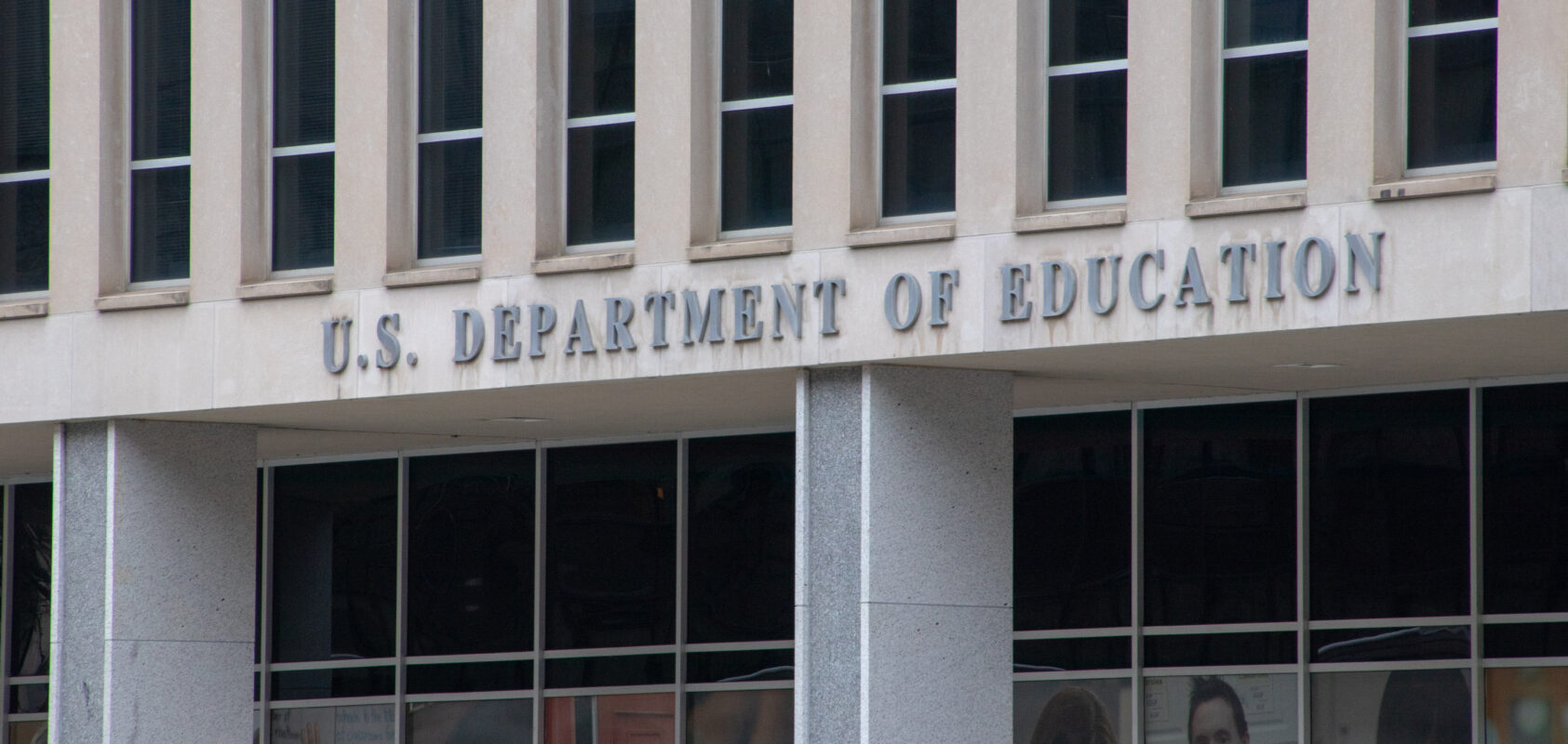Garuccio, Ukert, and Arnold (2025) analyzed changes in the hearing healthcare (HHC) workforce between 2012 and 2022. They also identified areas that had a shortage of HHC workers in 2019. Their research utilized data from the National Plan and Provider Enumeration System to find the number of HHC workers (audiologists and hearing instrument specialists) at the state and county level. They also utilized sound check and U.S. census data to identify geographic areas needing HHS services.
Between 2012 and 2022, an increase of 83 percent in the HHC workforce was observed. The HHC workforce saw changes in its make up over time. In 2012, 82.6 percent of the HHS workforce was comprised of audiologists, while 72.4 percent of the workforce was comprised of audiologists in 2022. In 2019, 75 percent of counties were described as having an HHC workforce shortage, particularly in the south census region. Although the HHS workforce increased over time, many geographic regions continued to be underserved.
Reference
Garuccio, J., Ukert, B., Arnold, M., Phillips, S., Pesko, M. F. (2025). Using supply and demand to identify shortages in the hearing health care professional workforce. JAMA Otolaryngology Head and Neck Surgery. Jul 31:e252112. doi: 10.1001/jamaoto.2025.2112.
Recent Posts
Your Support Makes the Difference—Let’s Finish the Year Strong
As we wrap up the year, I want to thank you for your generosity supporting the AAA Foundation’s work. The enclosed report highlights what you…
Audiology Faces New Challenges Under Draft Federal Loan Rule: What Comes Next
Member Action Needed Soon! The U.S. Department of Education’s Advisory Committee has reached consensus on proposed regulations implementing the higher education provisions of the One…
Unlock the True Worth of Your Expertise
New Amplify Your Value Track at AAA 2026 Designed for audiologists and practice leaders, our new Amplify Your Value track empowers you to rethink how…


